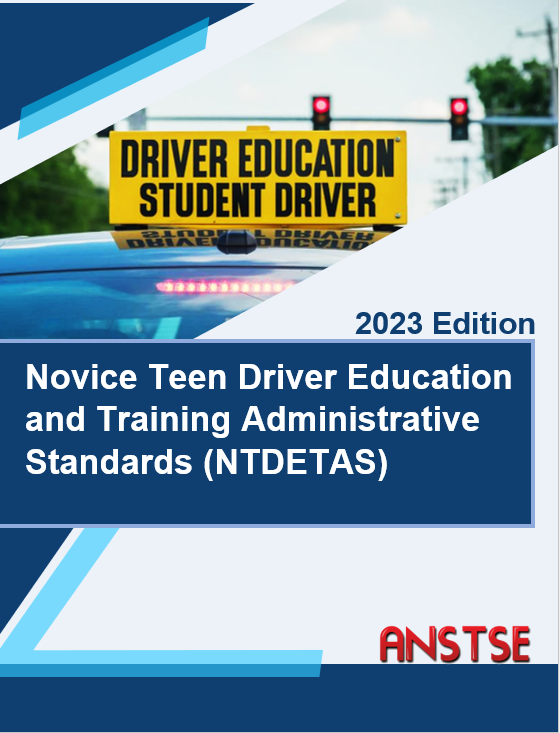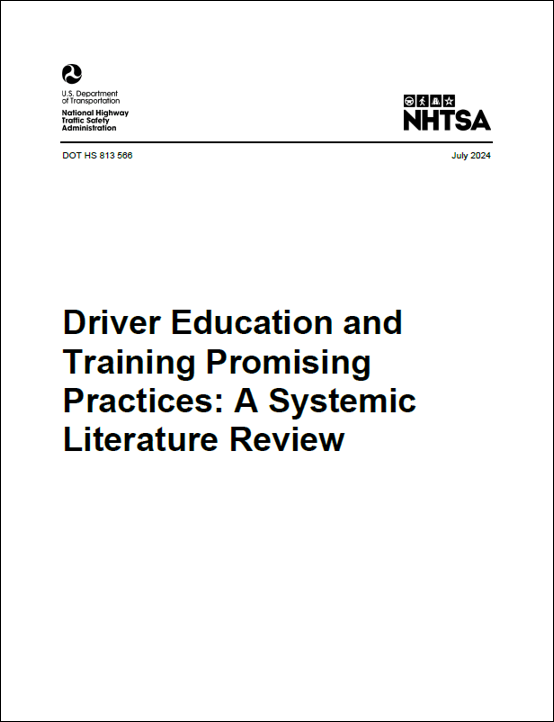Authors
Hamilton, B.C.
Publisher
American Automobile Association Foundation for Traffic Safety
Website Section
Driver Education
Method
Review
Abstract
This report summarizes the online driver education portion of the National Highway Traffic Safety Administration (NHTSA) study titled “Examination of Supplemental Driver Training and Online Basic Driver Education”, highlighting major findings and implications to provide relevant information for stakeholders looking to improve online driver education products. Overall, researchers identified 15 states that approved one or more online courses in place of a traditional classroom course. In these states, completion of a driver education program was either required for initial licensure or was accompanied by an incentive for doing so. However, driver education requirements varied by state, as did their approaches to regulating curriculum and online course providers. In total, researchers examined 45 online courses offered by 40 providers. Program content was often determined by state‐mandated curricula, meaning there was little difference between courses within a given state. The main difference between courses was presentation of content, and thus programs were classified by delivery and level of engagement. In conclusions, researchers found the programs available to teens are varied in terms of their teaching methods, robustness, content delivery, and the promotion of active learning and information retention. This overview of state of practice and evidence-based qualities and characteristics that may strengthen online driver education programs is helpful to inform future efforts to conduct scientific evaluations of program effectiveness and establish scientifically supported standards specifically for online driver education courses.
Reference
Hamilton, B.C. (2011) Online Basic Driver Education Programs. AAA Foundation for Traffic Safety, Washington, DC.
Related Topics
Overview, evaluation, evaluating, assessment, studies, findings, practices, culturally responsive, Nebraska university, fresh look, large scale







